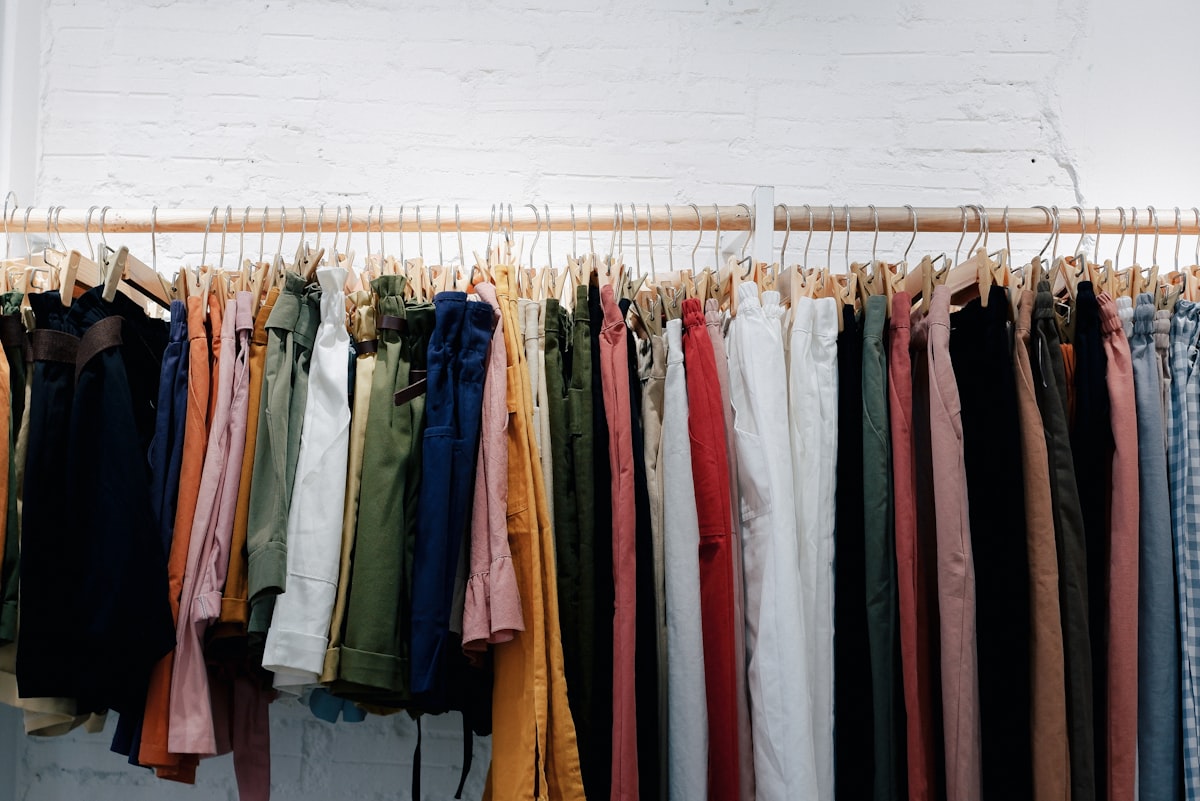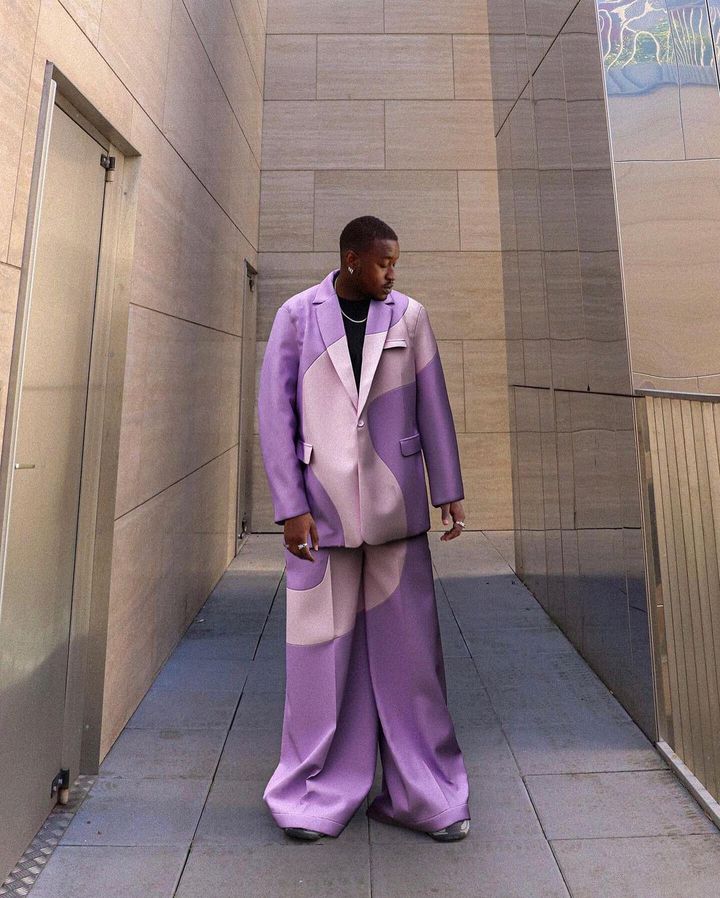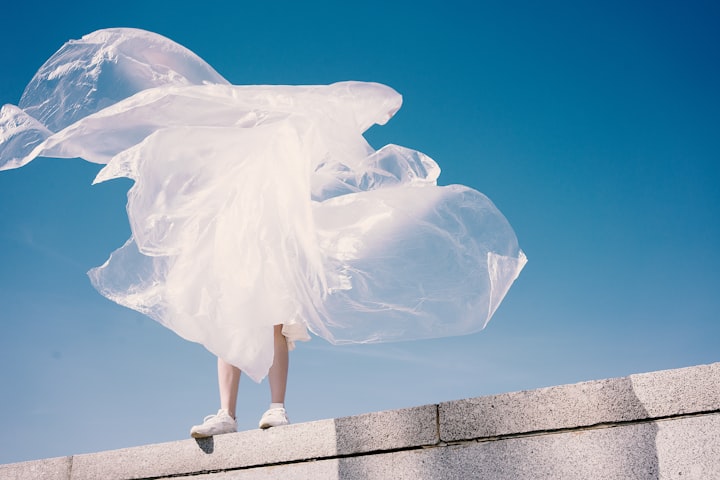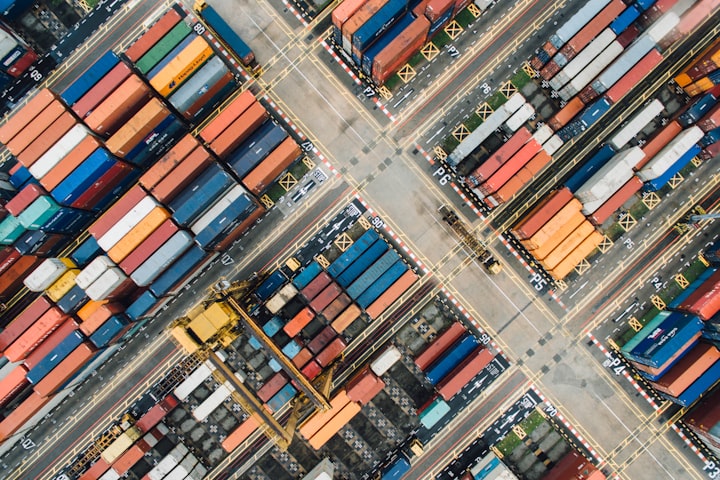How Sustainable are Your Favorite 'Eco-Friendly' Fabrics?
Discover the oily secret behind pineapple leather, the unsuspecting plant that makes surprisingly comfy clothing, and a new type of textile grown from microbes.

The fashion industry is probably more environmentally conscious now than it's ever been....but that's not really saying much. In an industry whose growth over the past century has been dependent on harmful chemicals and plastic fabrics, any green textile that pops up is automatically hailed as a sustainable superhero. However, not all of our favorite eco-friendly fabrics are telling the truth. Read on to see which textiles are truly making change in fashion and which are just riding the green wave.
Vegan Leather
Cows love it, fish hate it.
This fabric is a leather alternative meant to take away some of the harmful impact of leather production, including animal cruelty and use of unsafe chemicals. Vegan leather uses PVC and polyurethane, two synthetic fibers similar to polyester.
Pros
➣Animals and animal products are not needed to make vegan leather
➣End product is almost identical to animal leather
➣Doesn’t require the water and land resources needed to raise livestock for leather production
➣Doesn’t require tanning chemicals
Cons
➣Can be expensive
➣PVC is considered the single most harmful type of plastic for the environment
➣Polyurethane is slightly better but still a plastic-based material
➣Several chemicals used in production are classified as human carcinogens by the American Cancer Association
➣Chemical runoff ends up in waterways, meaning production harms marine animals
The Bottom Line: Vegan leather (at least the kind that is produced with PVC) isn't any better for the environment than real leather, and in the end it probably harms animals just as much.
Plant-Based Leather
Maybe pineapples and petroleum shouldn't go together.
Because vegan leather is in such high demand, a few companies have set out to create leather alternatives that are truly sustainable. These technologies use less water, no plastic, and in most cases no chemicals, to create a leather-like material that is often completely biodegradable. Some examples range from apples to mushrooms but a few stand out as scaleable, reliable, and certified-sustainable.
This method uses prickly pear cactus fibers to create a strong textile. Then, the proteins of the cactus are used to make a resin coating that creates a leather-like texture.
Pros
➣Cactus fields act as carbon sinks, meaning they suck extra carbon dioxide out of the air
➣Growing cacti requires no irrigation and no pesticides
➣Just the leaves are used to make leather, so the same cactus can continue providing over and over
➣Cacti can grow in damaged soil, and naturally regenerate it
➣Cactus leather is almost completely biodegradable and fully recyclable
➣Scaling this industry would improve biodiversity, soil quality, and carbon dioxide levels
➣Has reached industrial production levels, easily scalable
Cons
➣Still relatively new and expensive
➣Some materials used can only biodegrade under specific lab conditions
This fabric is made from cellulose fibers in pineapple leaves. The fibers are combined with PLA, a plant-based plastic material, to create a realistic leather texture.
Pros
➣Made from discarded leaves lost during the harvesting process, so it doesn’t actually disturb the plant in any way
➣Already mass produced and accessible
➣The plant-based PLA is certified as having no dangerous chemicals
Cons
➣Finished product is coated in a petroleum-based resin for texture
➣While PLA is plant-based, it is still plastic and not biodegradable
The Bottom Line: While plant-based leathers are a big step up from standard vegan leather, they sometimes still use plastics and other harmful materials in order to get that distinct leather texture. Your best bet on the market right now is cactus leather, but even pineapple leather is leaps and bounds ahead of the standard.
Bamboo Fabric
Probably better to just leave it to the pandas...
This fabric can be produced in two ways. One is by mashing the bamboo and extracting fibers from the pulp. This method results in a product that is slightly rougher, similar to a canvas material. The other is through chemical processing. This method results in extremely soft, light fabric that is commonly used for underwear.
Pros
➣Bamboo grows extremely quickly without pesticides or irrigation
➣Fibers can be used for a variety of purposes
➣Bamboo is easily renewable because once planted, it will keep growing from the shoot
➣Already part of a well-established industry, so relatively inexpensive
Cons
➣No certifications currently cover bamboo fabric, so green claims are unreliable
➣Most common production method uses chemicals harmful to humans and marine life
➣Mainly produced in China where there are very few sustainable production regulations
➣Very little supply chain transparency
The Bottom Line: While bamboo itself is sustainable, the production process for fabric is sketchy at best. We won't really know if bamboo fabric is truly sustainable until we get some more transparency in the supply chain, so for now, proceed with caution.
Hemp Fabric
It's highhh on the sustainability scale.
In this process, fibers from the stem of the hemp plant are removed and spun into thread. This thread is then woven into a textile. To reduce the naturally scratchy texture of hemp, some proteins from the plant are removed before spinning.
Pros
➣Growing hemp improves soil health and requires very little water
➣Fabric is strong, well-insulated, and lightweight
➣Absolutely no chemicals or plastics used in production
➣Completely biodegradable
➣Hemp is carbon positive, meaning it takes in lots of carbon dioxide
Cons
➣Growth is highly regulated because of its proximity to cannabis
➣Production is labor-intensive
➣Coloring requires more bleach than cotton because of the natural yellow hue
➣Some producers combine hemp with synthetic materials but still advertise it as purely hemp fabric (so do your research!)
The Bottom Line: Just like with every 'eco-friendly' product, you sometimes need to do a bit of background research to make sure your manufacturer is telling the truth (or let someone else do it for you—check out Dhakai!). However, hemp fabric is generally a reliable answer for brands looking for a light, sturdy textile that is made sustainably.
Organic Cotton
You GOTS to have it!
Cotton can be certified as organic if it was produced without pesticides or fertilizers and with greatly reduced water usage. It also requires a regulated wastewater treatment program and monitored use of chemicals. Reliable organic cotton certifications to look out for are the Global Organic Textile Standard (GOTS), and the Standard 100 by Oeko-Tex.
Pros
➣Uses up to 70% less water than standard cotton
➣Not a new technology, just a tweak on an existing method
➣Chemicals used are considered natural by certifying organizations
➣No synthetic materials or plastics used
➣Generally a much higher quality end-product than standard cotton
➣Process doesn’t use bleach
➣Material is biodegradable
Cons
➣The cotton plant is generally bad for soil quality
➣More land is used for a lower yield
➣Labor-intensive process
➣More expensive than standard cotton
The Bottom Line: As long as its certifications are up-to-date, organic cotton is a reliable way to reduce your carbon footprint in the production process, and end up with a much higher-quality product than its standard cotton counterpart.
Nettle Fabric
From stinging nettle plants to soothing nettle garments.
The stinging nettle, a widely despised plant, can actually make incredibly cozy garments! The nettle fiber is hollow on the inside, giving its fabric extra insulation for the winter and lightness for the summer. The fiber is extracted by creating a pulp. It is then woven together in varying ways depending on the desired feel of the garment. This fabric is also known as Ramie.
Pros
➣Uses much less water than synthetic fibers
➣Grows well without pesticides
➣Healthy for soil
➣As soft as linen and even stronger (similar to hemp)
➣Unlike hemp, no regulations on where it can be grown
Cons
➣Not commonly used
➣No system in place for mass production yet
The Bottom Line: While this fabric is new and not super accessible, it's a good one to keep an eye on. As it grows, it has the potential to become a dominant textile in the sustainable fashion industry, and so far it's eco-friendly reputation is totally trustworthy.
Microbial Weaving
Sustainable clothing doesn't grow on trees...but it might grow in petri dishes.
This futuristic technology is attempting to grow clothes from bacteria. First, a sort of scaffolding is created out of thread. Then, a colony of bacteria is transplanted on. As they grow, they release a cellulose fiber that eventually forms into a textile-like material. The thread scaffolding forms a specific shape, such as a shoe, and allows the bacteria to create apparel that is ready for market with no assembly or extra production required.
Pros
➣Fabric grows into intended shape, eliminating all textile waste
➣Bacteria is naturally existing and has no known health hazards
➣No chemicals or plastics used
➣Once it can be successfully mass produced, cellulose fiber may be very inexpensive
➣Completely biodegradable
➣Fabric is incredibly strong and long-lasting
Cons
➣Very new technology, currently quite expensive
➣Unclear if it can be scaled effectively
➣Doesn’t yet have a color-producing method
The Bottom Line: This technology has the potential to revolutionize the fashion industry. While it may see far-fetched, this zero-waste approach is exactly what the industry needs, and what environmentally conscious investors and consumers have been waiting for.
If you are a brand owner looking for an eco-friendly fabric to use in your next line, you should check out our company, Dhakai. We are your go-to in the world of sustainable manufacturing. On our platform, you can explore a database of over 500 sustainable and compliant garment factories that offer all the eco-friendly textiles you can imagine. Learn more at dhakai.com or in the "About Dhakai" tab on this page. You can also get in touch at info@dhakai.com or schedule a free one-on-one consultation here.




